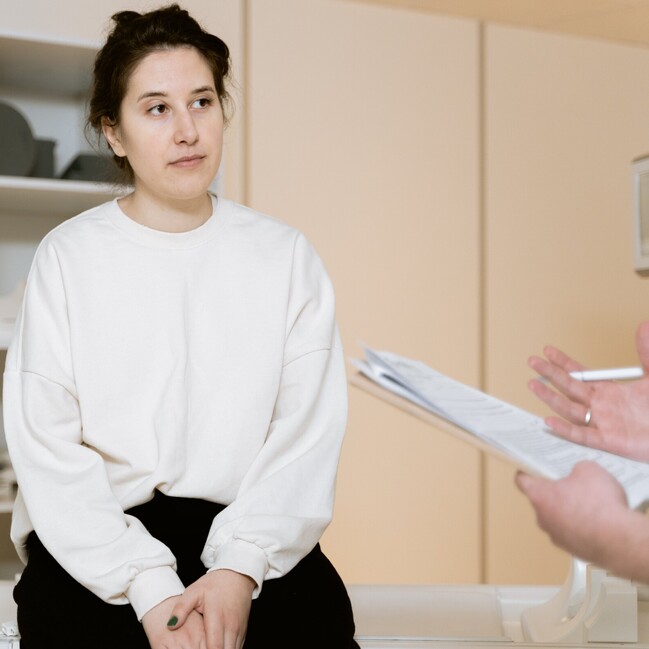Antifungal Medication
Manage advanced fungal nail infections effectively with Oral Antifungal Medication—a treatment that works from within the body to target infection at its source. Unlike topical lacquers that act on the nail surface, oral antifungals deliver medication through the bloodstream to reach the nail bed, helping stop fungal growth and promote clearer, healthier nails over time.
What oral medications are available?
Typically, in New Zealand, GPs will prescribe Lamisil (terbinafine) or Sporanox (itraconazole), however, other drugs may be prescribed in accordance with your GP.


How do I get diagnosed?
Your diagnosis takes place during a consultation with our Foot Foundation clinician. They will take a thorough medical history, consider your risk factors, complete a comprehensive physical examination and use a Diafactory fungal nail test to correctly diagnose your fungal infection. Diafactory fungal nail tests involve taking a clipping of your toenail, taking photos of your infected nails and measuring the line of fungal growth from the base of the nail so we can monitor your treatment over time.
Once a correct diagnosis has been made, your Foot Foundation clinician will discuss the most appropriate treatment protocol with you and answer any questions that you may have.
Who should use oral antifungal medication?
Foot Foundation does not recommend oral antifungal medication as a first line of fungal treatment for infections that cover less than 50% of the nail.
However, fungal nail infections that cover more than 50% of the nail and affect the nail root may require a course of oral anti-fungal medication.
Oral antifungal medications work through the body and may interact with other drugs a patient is taking, which can be toxic to the liver. Therefore, the decision to use oral medication will ultimately be made by the patient’s GP who will consider their medical history when prescribing this medication.

What is involved in the Oral Antifungal Medication process?
An oral treatment will need to be prescribed by your GP due to the patient’s individual medical history and medications that need to be considered first.
Once an oral treatment has been prescribed, before you begin your oral treatment, your Foot Foundation clinician will trim, thin and debride your nails to remove as much of the fungal infection as possible. You will receive important information about appropriate hygiene and prevention methods to reduce re-infection rates during and after treatment.
We strongly recommend that our patients undertake topical treatment (Rejuvenail) or laser treatment with or without a total nail avulsion, in conjunction with oral medication as this has been shown to improve the clearance rate of severe fungal infections.
We recommend that patients return to see their Foot Foundation clinician regularly if they are undertaking oral treatment as a standalone treatment.
Generally, we ask patients to return for review appointments for up to 12 months before they are discharged from an oral treatment programme.
If you are undertaking a combination of treatments, you may be required to follow up with your clinician more regularly.
Do I have to do anything with my nails whilst undergoing a course of anti-fungal medication?
At Foot Foundation, we strongly advice a combined approach to improve your infection outcome. Implementing a nail lacquer treatment alongside oral anti-fungal treatment has been found to increase the percentage of total fungal nail clearance without an increase in adverse effects, when compared to oral medication alone.
Typically, we recommend a course of Rejuvenail (topical treatment) alongside a course of oral medication.
A 3-month clinical review will determine whether a total nail avulsion OR cold laser treatment is appropriate to help complement your oral anti-fungal medication.
Oral Antifungal Medication – FAQs
Oral antifungal medications are prescription treatments that work from the inside out. Instead of penetrating through the nail like topical lacquers, these medications travel through the bloodstream to the nail bed, targeting fungal infections beneath the nail plate. In New Zealand, the most commonly prescribed options are Lamisil (terbinafine) and Sporanox (itraconazole).
When used correctly, oral antifungal medications can produce a successful result in up to 55% of patients. However, results depend on the extent of infection, consistency of use, and any underlying health conditions.
Oral antifungal treatment is typically recommended for moderate to severe fungal infections, especially when:
- More than 50% of the nail is infected
- The infection involves the nail root or lunula
- Topical treatments alone have not been effective
For mild infections (less than 50%), Foot Foundation generally recommends topical or laser therapies first.
Because oral antifungal medications act through the bloodstream, they may interact with other medications and, in rare cases, affect liver function. For this reason, oral antifungals must be prescribed by your GP, who will review your medical history and may request blood tests before and during treatment.
Your diagnosis begins with a consultation at Foot Foundation, where your clinician will:
- Take a detailed medical history and assess risk factors
- Perform a physical examination
- Conduct a Diafactory fungal nail test — including a nail clipping, photographs, and measurements of fungal growth from the base of the nail
Once confirmed, your clinician will recommend the most appropriate treatment plan and coordinate care with your GP if oral medication is advised.
- Prescription — Your GP prescribes the medication after reviewing your medical background.
- Preparation — Before starting oral treatment, your Foot Foundation clinician will trim, thin, and debride your affected nails to remove as much fungus as possible.
- Supportive Care — You’ll receive advice on hygiene and prevention to lower re-infection risk.
- Combination Treatments — For best results, we often recommend pairing oral antifungal therapy with Rejuvenail (topical treatment) or laser therapy to increase clearance rates.
- Follow-Up — You’ll have regular reviews for up to 12 months to monitor progress and adjust your treatment plan.
Yes — in fact, combining oral antifungal medication with topical lacquer or laser therapy has been shown to improve treatment outcomes without increasing side effects. This combined approach is especially beneficial for more advanced fungal infections.
Yes. Regular nail thinning and debridement make it easier for the medication to reach the infected areas. Foot Foundation recommends returning for 8–10 weekly appointments to maintain nail health and support optimal results throughout your treatment program.
A typical course of oral antifungal medication lasts 3–6 months, but visible improvement can take up to 12 months as the nail grows out. Consistent medication use and regular reviews are key to long-term success.
Foot Foundation clinicians provide fungal nail assessments and ongoing care at all clinic locations — Pinehill, Smales Farm, Remuera, Botany, Hamilton, and Tauranga.
Book Your Antifungal Medication Consultation Today
For fungal infections affecting more than 50% of the nail or involving the nail root, oral antifungal medication may be recommended. In New Zealand, these treatments typically include Lamisil (terbinafine) or Sporanox (itraconazole), prescribed by your GP following an assessment of your overall health and medication history.
At Foot Foundation, your clinician will begin by performing a Diafactory fungal nail test to confirm diagnosis and monitor treatment progress. Once your GP prescribes medication, our team will prepare the nail by trimming, thinning, and debriding the affected area to improve outcomes. We also provide ongoing support and hygiene guidance to reduce the risk of re-infection.
To maximise success rates, we often recommend combining oral antifungal medication with topical Rejuvenail or cold laser therapy. Regular follow-up appointments are encouraged over a 12-month period to ensure the infection clears effectively.
Available at Pinehill, Smales Farm, Remuera, Botany, Hamilton, and Tauranga.



